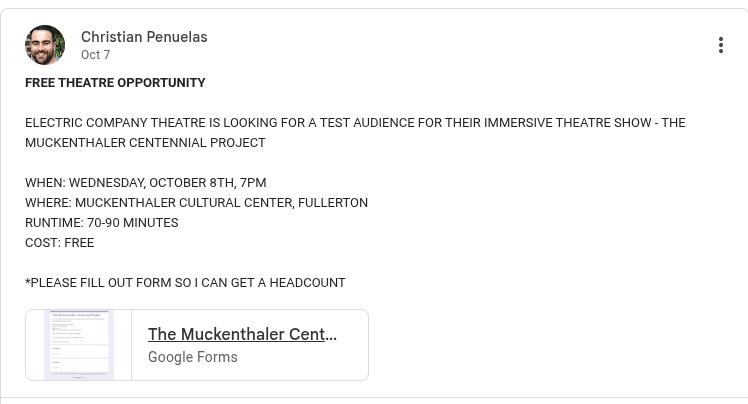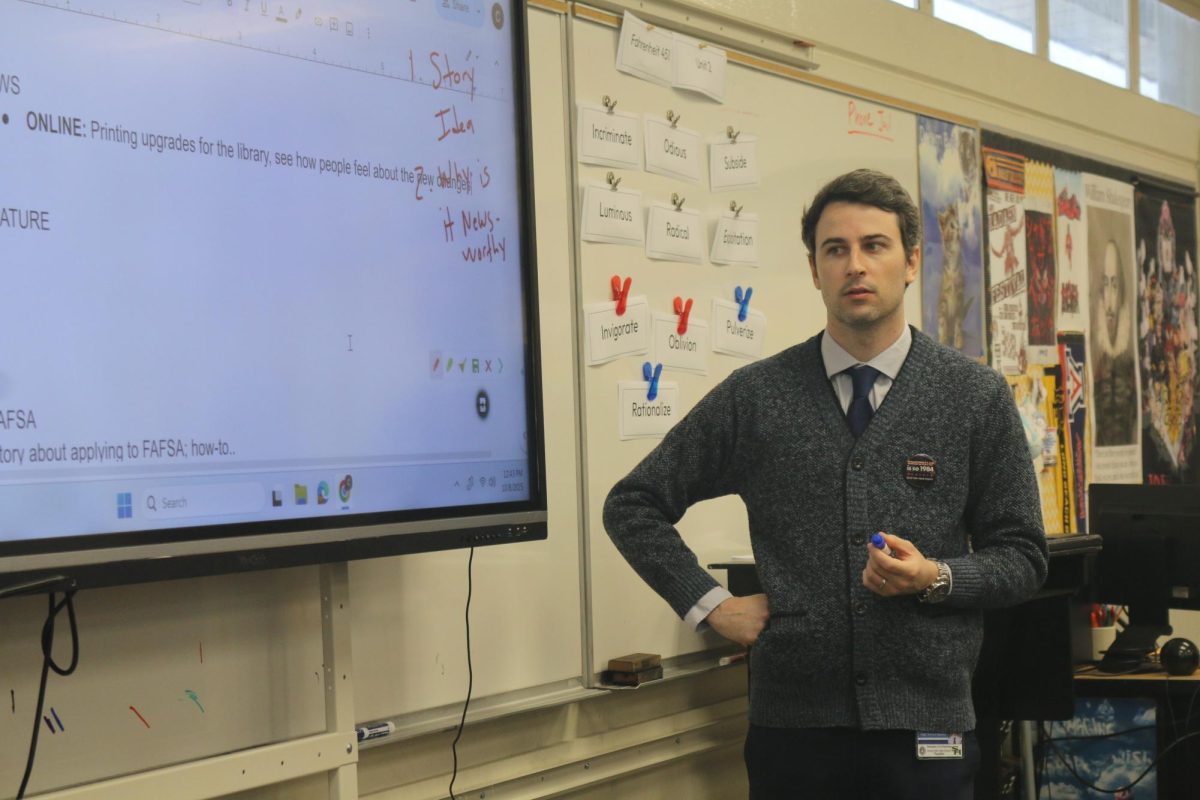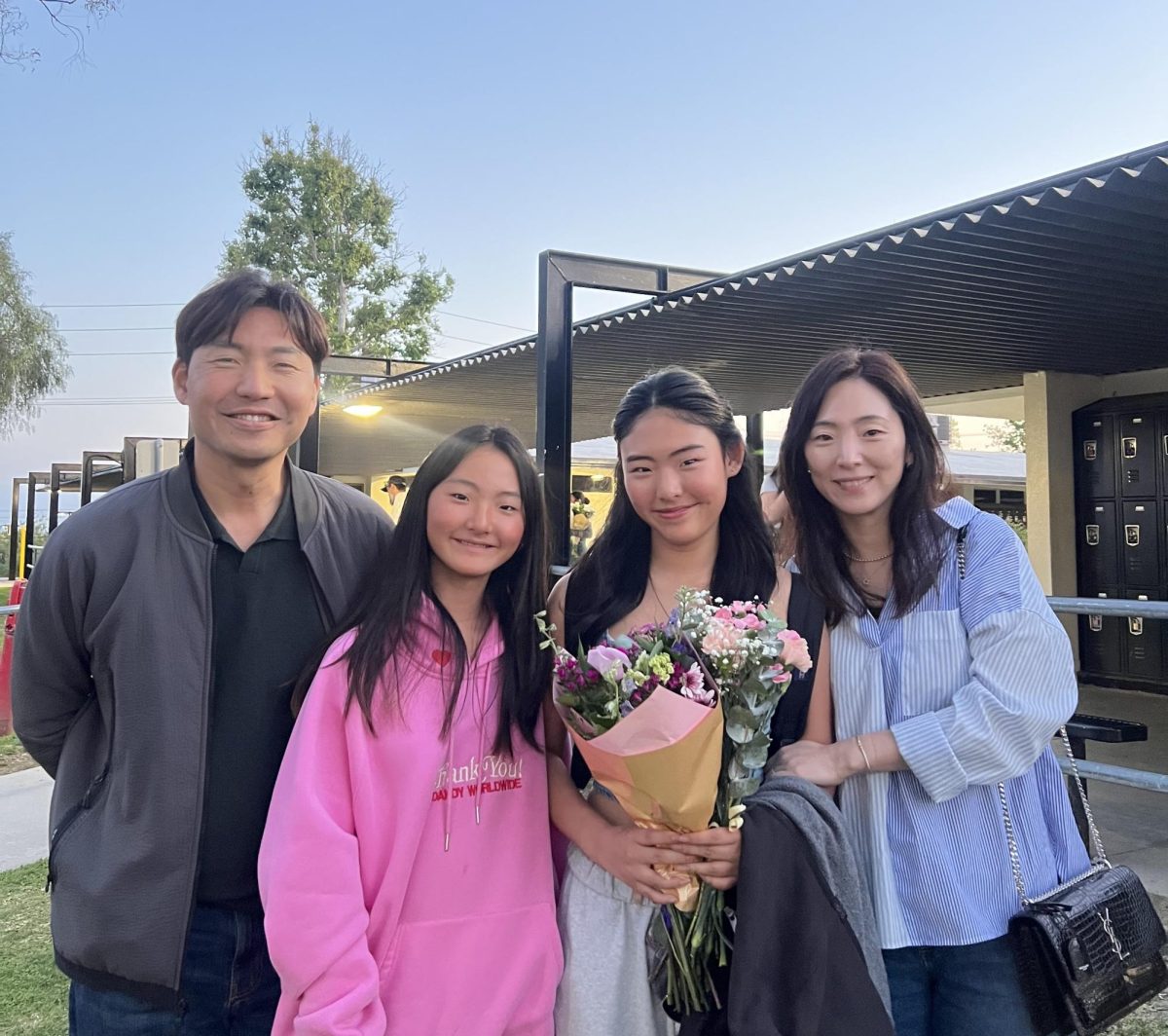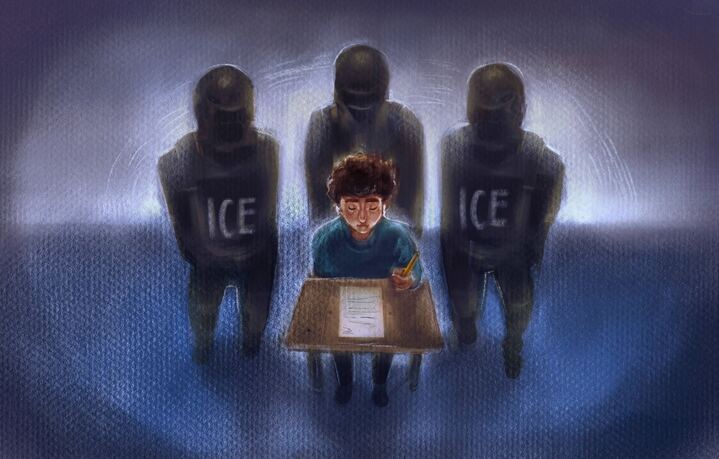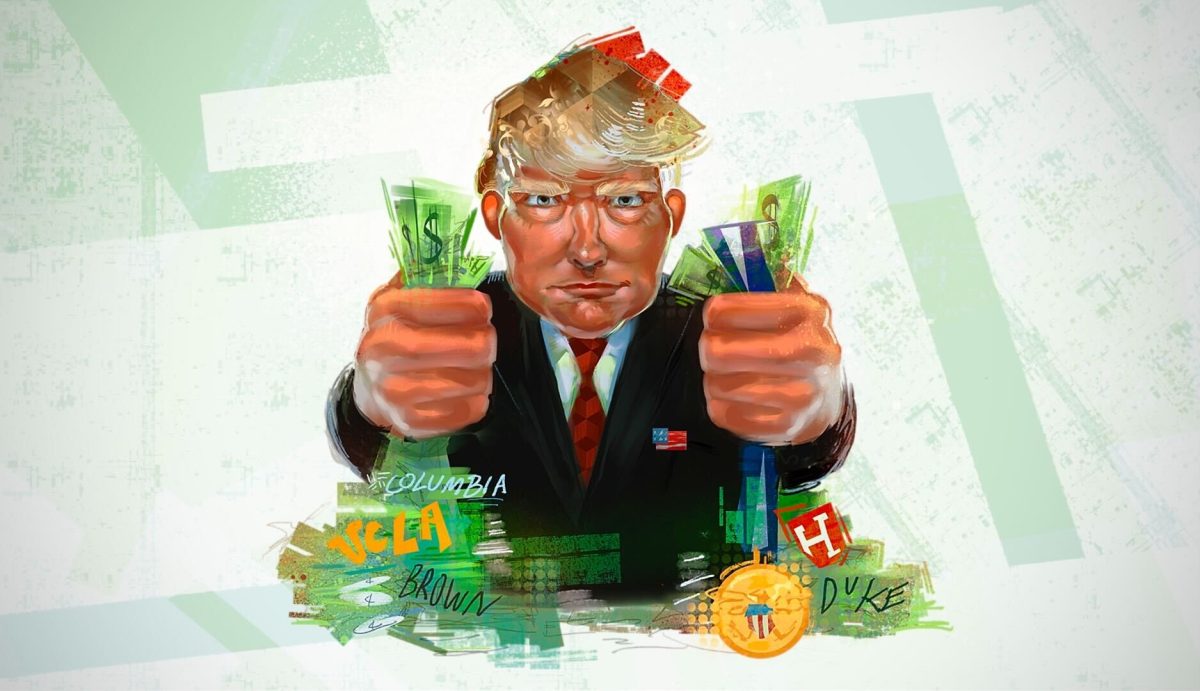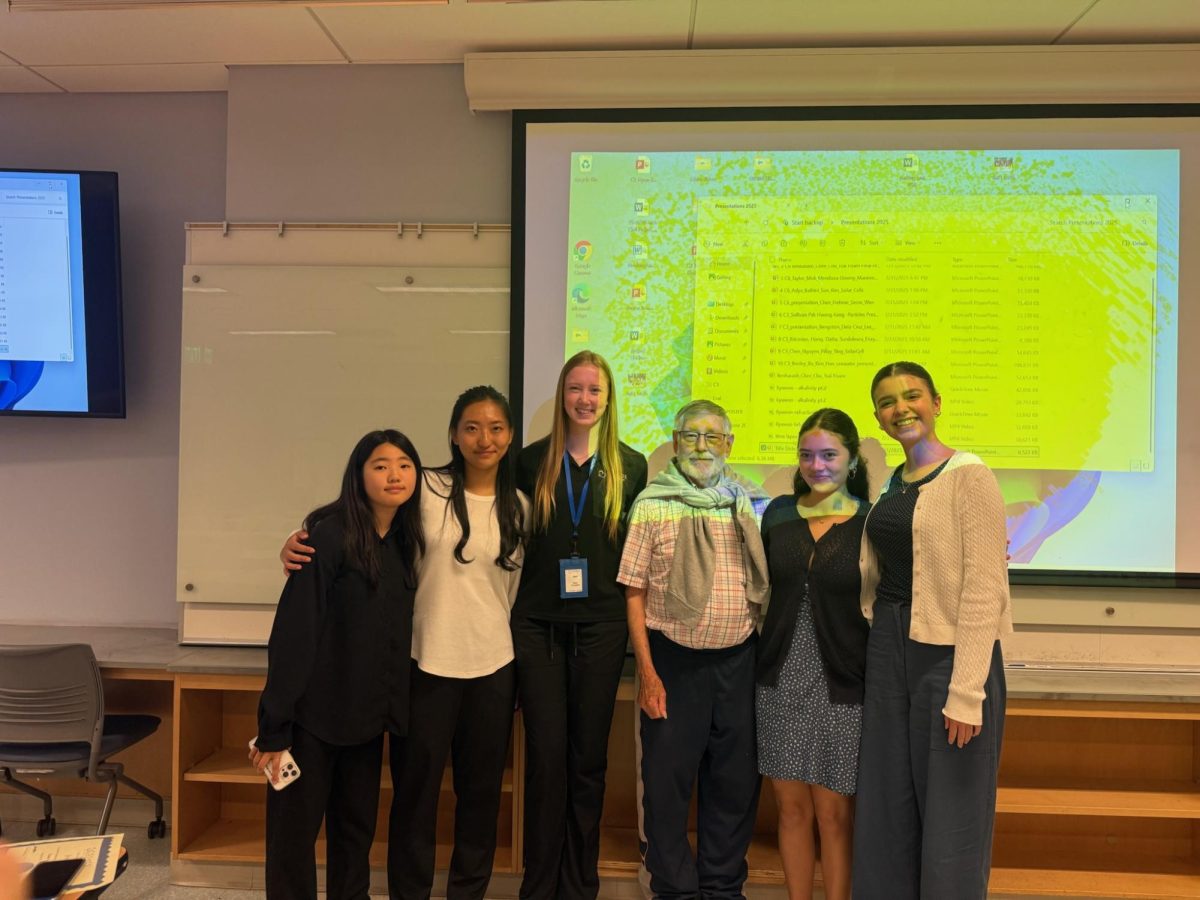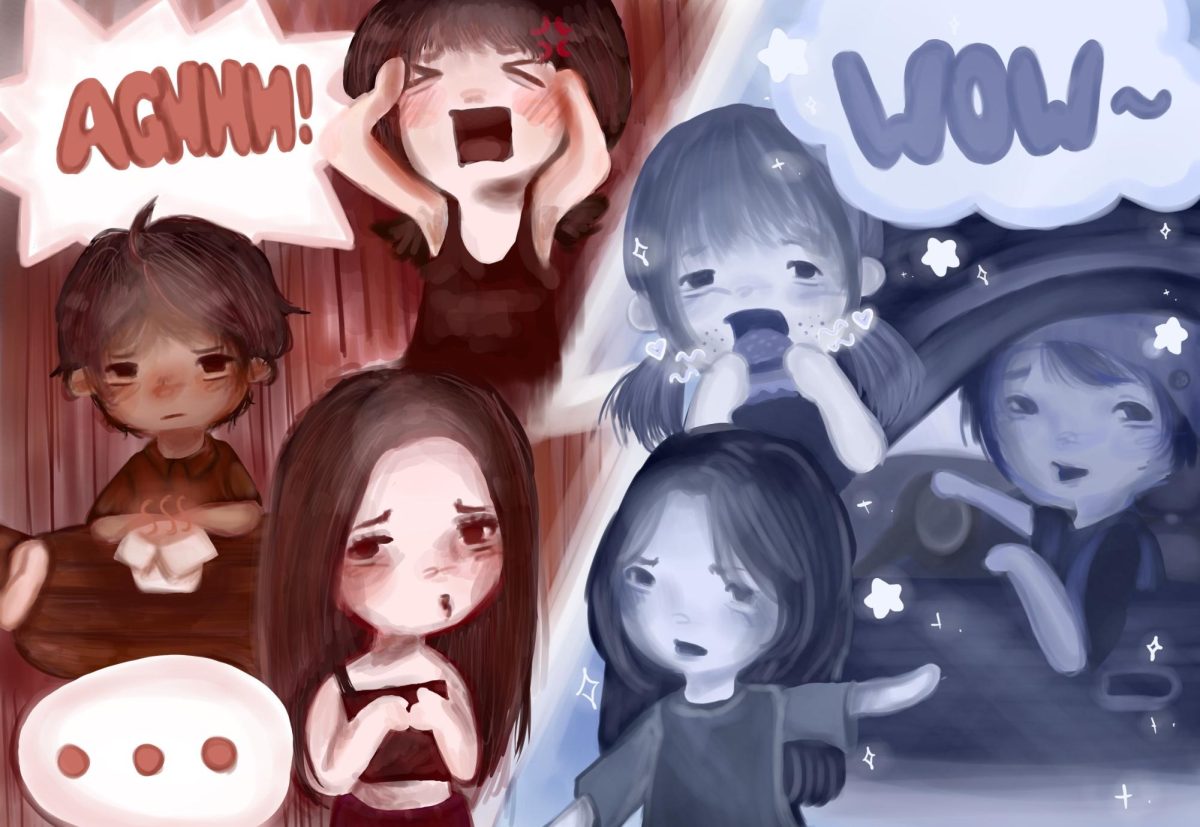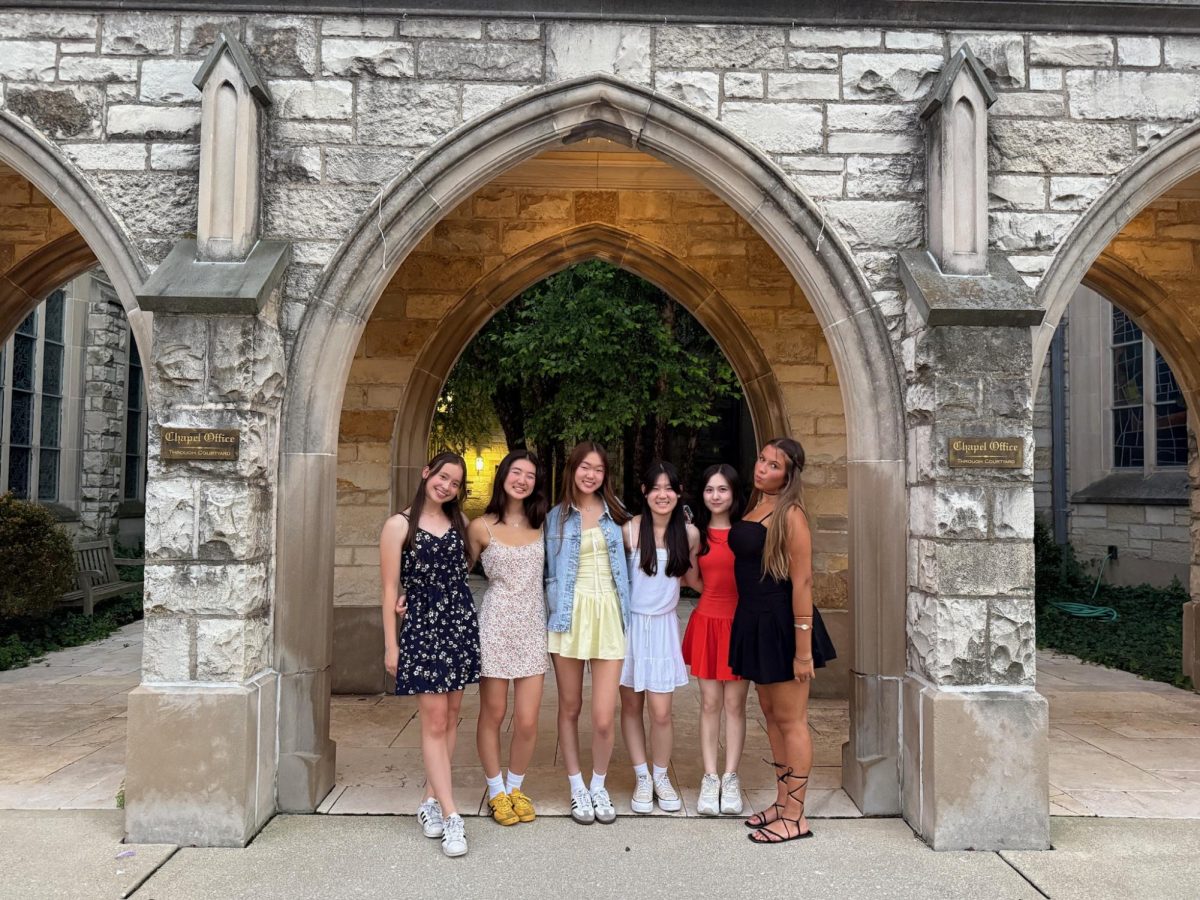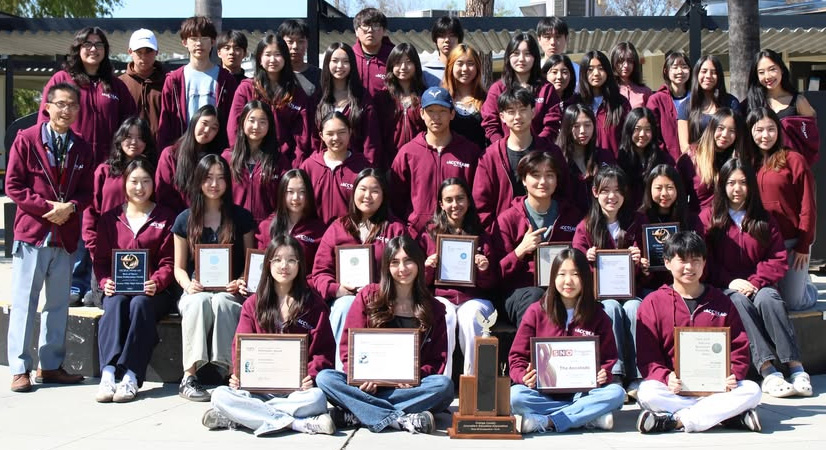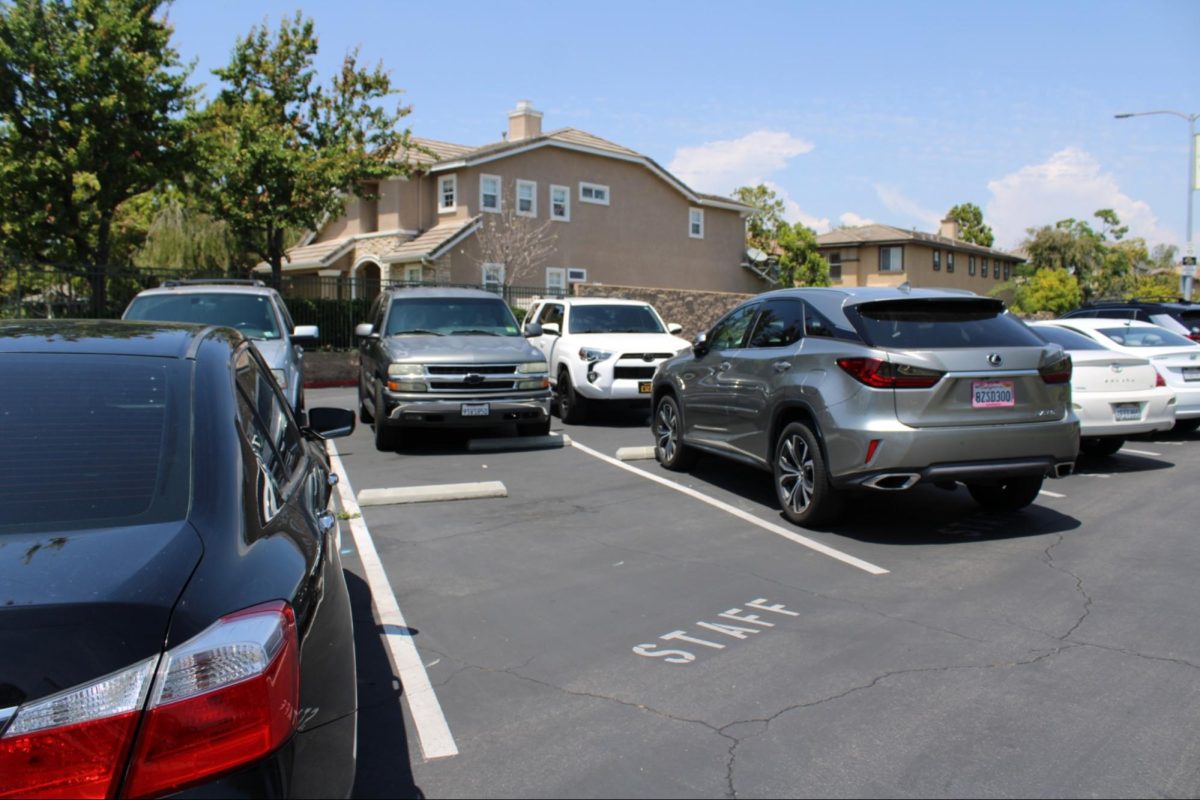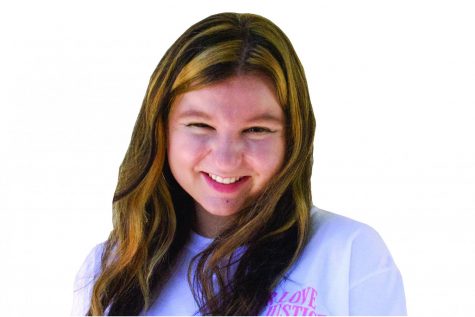Japanese= 16%
“Wow that’s a surprise!” my mom asked while staring at my DNA results on my computer screen.
“It probably came from your side, but I did not expect that!” I respond.
European-German, English/Bacun and Scandinavian = 23%.
These are only some of my results from the DNA test I took this past summer under the company “My Heritage” for $53.
My decision to check my ethnic background stems from my first story as a staff writer for The Accolade in September 2019.
I wrote a column expressing my desire to still watch Disney’s live-action adaptation of “Mulan” even though many on social media were calling on a boycott of the film because the actress playing the title role had made comments supporting the Communist Chinese regime’s handling of protesters in Hong Kong.
Because I am a huge Disney fan, I gravitated toward that assignment when it was made available for staff writers to sign up for story assignments. Another factor that played into my decision was I thought I was part Chinese, which gave me an even closer connection to this film based on a Chinese folk character.
At that point, I had never doubted my mixed background. I knew I was part Mexican and enjoyed the Hispanic culture as I grew up. I also knew I was part German and possibly Chinese from my maternal grandmother, who came from Zacapu Michoacan Mexico.
Looking back, my family never really talked about the heritage of my mother’s side of the family because my granny passed away when my mom was only 3. I always found it a sensitive topic, so I just went on with occasional Hispanic traditions we participated in.
But besides those occasional get-togethers, I felt like my other cultural backgrounds had not been fully embraced in my family.
So as I wrote my “Mulan” column, my thoughts consisted of not only how big of a Disney fan I am, but my assumed Chinese ancestry.
Since the focus was going to be about how I feel about Mulan, I contacted some of my older relatives from my mother’s side about my family background, and I was completely flabbergasted to find out from my uncle that I was not Chinese but … Filipino.
Of course, I had to ax the angle that I’m part Chinese for the “Mulan” column.
So where or from whom did I get the idea that I was part Chinese?
Even after my column was published, I kept asking myself that very same question. Obviously, I had to go to the source to find the answer: my mom and dad.
Instead of giving me a straight answer as I had hoped, they suggested that I take a genealogical DNA test.
In early June, I suddenly remembered I wanted to take a DNA test. I was so distracted by school and responsibilities at home I forgot about it completely. I was scrolling through numerous DNA kits online, I finally chose Myheritage.com to solve this mystery. Its home page features a black and white image of a family (two Caucasian parents and a son) with the following statement superimposed underneath their faces:
“Discover your family story. Grow your family tree, find new relatives, and explore billions of historical records with a 14-day free trial.”
It was the perfect timing to buy the kit because the company was having a sale. Originally, the price for a kit was $70 but since it was on sale I got it for $50. I chose this test because it was more affordable than ancestry and 23andme. Plus, I heard that Myheritage breaks down Hispanic ethnicities better.
I also noticed the many positive reviews with affordable pricing. I felt I couldn’t miss with this service, especially since it touts itself as having one of the best-ranked DNA tests, according to Smarter Hobby’s July 13 list of the best DNA test kits.
When the kit first arrived on June 8, I was glad I did not have to spit in a tube like what many Fullerton Joint Union High School District’s employees had to do when they had to take a COVID-19 test as part of the district’s health and safety protocols for when campuses reopen Nov. 2 for hybrid learning.
Instead, the test involved two cotton swabs. I had to suck on one cotton swab near my cheek for two minutes and repeat that process on the other side of my mouth. After that, I placed the cotton swabs in two separate tubes and sealed it off.
I then placed it in my mailbox in late June, eagerly waiting to hear my results.
Of course, I expected to confirm that I was more than 30% Mexican and had a high percentage for my German roots.
I finally received an email on Aug. 18 about my results, which led me to eagerly grab my laptop and impatiently wait for the results to load.
It was worth the wait.
The results included an animated video with dramatic music and showed me around the world to pinpoint what ethnic blood I possess.
After the video, a statistics chart popped up full of different ethnicities and percentages. The ones highlighted pink indicated what ethnicities I was a part of.
Completely bewildered, I did a double take at my results, which read:
“European-German, English/Bacun and Scandinavian: 23%,” which I’d expected (except I had no idea what Bacun was). A quick Google search revealed that Bacun came from England and is also known as Bacon and Bachun.
My test also read Iberian (Spain) and Mexican as 23%. I was so stunned and troubled by this because I grew up following Hispanic cultural movements and traditions. To only find out I was 23% Iberian and Mexican made me feel weird since I thought I was at least half Mexican.
Finally, the test also read Chinese and Vietnamese, 20%, Filipino/Indonesian and Malaysian, 18% and Japanese, 16%.
I gently slapped my forehead with my palm and realized my “Mulan” story could have included me being Chinese. My uncle was forgetful over our other backgrounds assuming we were not Chinese and that it was Filipino.
Wow! I thought.
The results only led to more thoughts that filled my mind. Realizing that I’m more than three ethnicities was shocking, especially with how low my Mexican percentage was.
A couple of days later, I compared my results to my grandpa from my father’s side, who had also taken a similar ancestral home test kit from ancestry.com a few years ago.
The good news here was that our results were quite similar. Both of us had German and English roots in our DNA.
At first, I was very confused on how Japanese or Bacun got in my blood, but at dinner, my family and I talked about the possible ways it could have integrated into our genetics, such as when the Japanese immigrated over to Mexico in 1897.
Overall, the DNA test was a fun way to help me with confirming and discovering my ethnic identity.
Now that I’ve found exactly who I am — ethnic-wise at least — I’m more curious about my ancestry.
Instead of creating confusion or division, my DNA test ended up tying my family together. We are learning more about our backgrounds, which used to be mistaken.
I am very glad I did this DNA test because my once confused and muddled background is clearing in front of my eyes.
So if it hadn’t been for that “Mulan” column last year, I would have never discovered my 12 different ethnicities.




